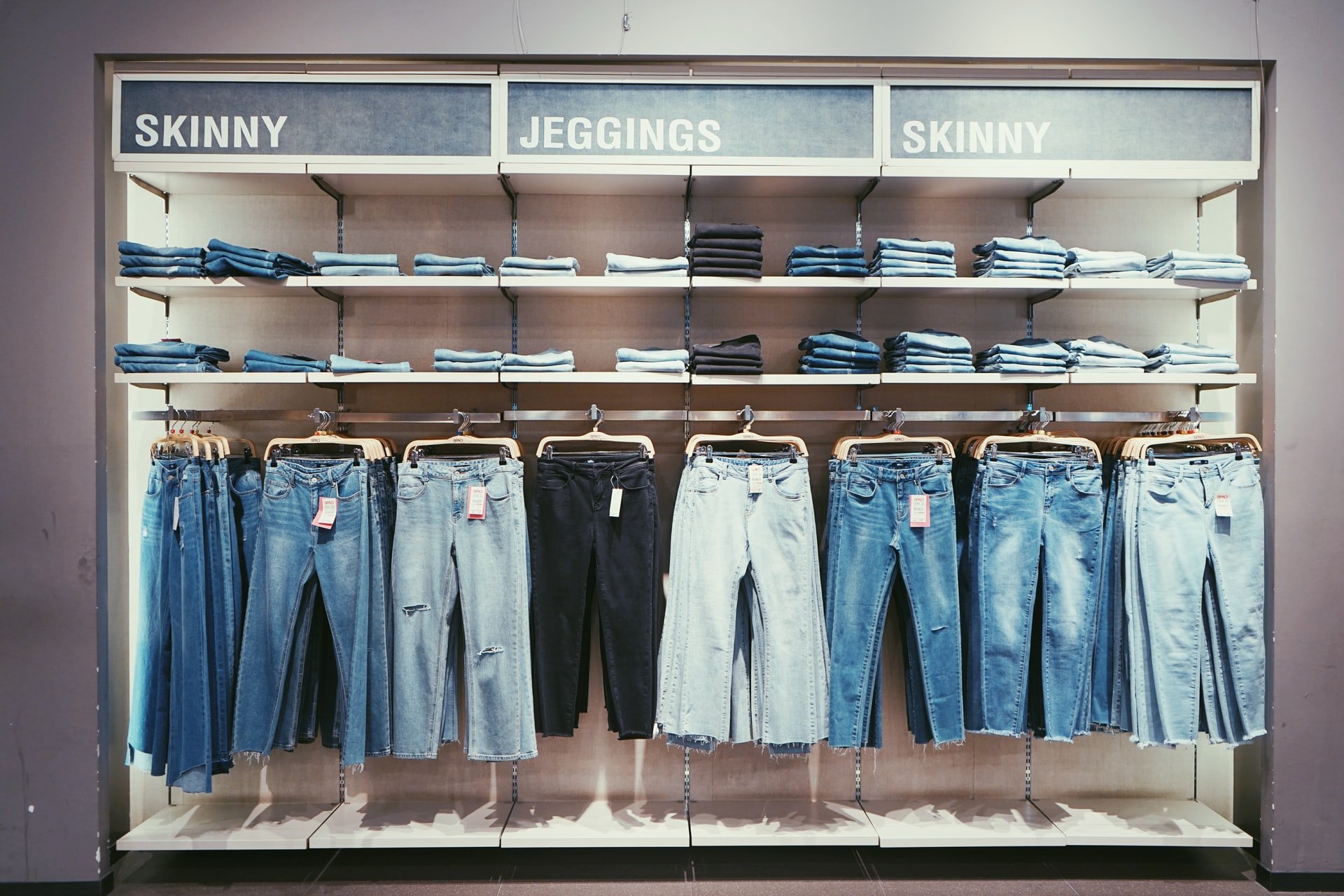A sustainable supply chain relies on three contributory factors: social, environmental and financial. The trend towards throwaway fashion has meant that the industry has not previously been particularly forward-thinking in any of these areas, with 2018 seeing it produce 2.1 billion metric tonnes of greenhouse gas emissions.
However, times are changing, and sustainability is now widely at the forefront of most manufacturers’ processes. Fashion brands are finally starting to pick up the thread and recognise that it is an important part for the survival of any business model.
Sourcing sustainable raw materials
Organic versions of materials like cotton, linen and even hemp are more sustainable than their non-organic counterparts. Organic cotton is grown without the use of chemicals and pesticides, while linen and hemp come from low-maintenance plants that are naturally biodegradable.
Using recycled fabrics, such as recycled versions of polyester and nylon (econyl) which are traditionally synthetic, mean that you are not using up any new materials, while at the same time reducing fabric waste being sent to landfill. In fact, econyl is actually made from synthetic waste products such as fishing nets and industrial plastics, although washing it may still release microplastics which could end up in the sea.
Pinatex vegan leather is made from the leaves of pineapples, meaning that it is a direct food by-product, and uses up a part of the fruit that is usually just thrown away.
Sustainable production processes
In the past, fashion production – whether it be clothing, jewellery, shoes, bags or make-up – has used over 8,000 different chemicals and wasted gallons of water every day. Often, working conditions in some factories have also been less than ethical.
Fast fashion has all been about making items as quickly as possible, getting it on the shop floors to cope with instant demand, and with the highest financial reward. Sustainable fashion takes longer, but consumer perceptions are changing and we want items which will last and won’t have such a negative impact on the world around us.
Working conditions and wages are improving worldwide, with safety and hygiene now cracked down on. The factories themselves should benefit the local area, often where the materials used in the fashion items are being grown and produced.
The use of harsh chemicals is to be avoided, so as not to affect the surrounding environment, and water should be used sparingly to avoid the waste that sees 3,250 litres used in the production of just one shirt.
Environmentally-aware transportation
It is often the case that fashion brands manufacture their items in areas that are a long distance from where they are eventually being sold, often in totally different countries. This does not make for a naturally sustainable process.
CO2 emissions are greater as journeys are longer, with aviation one of the biggest culprits. Not to mention the increased use of fossil fuels and energy. Using greener transportation methods, such as sea freight, trains and biodiesel trucks, will help your carbon footprint and decrease associated pollution levels.
Getting a logistics company on board to plan and optimise routes most suitable for transporting the goods can be an efficient way of tackling the problem. The shorter the supply chain, the more safe and secure it is, and the easier it becomes to rectify any problems that might arise.
We are also starting to see some manufacturing being moved to the end sales destination in order to combat the negative effects. This is more expensive financially, but has less of an impact on the environment. Customers will often pay more for products which they know have been produced more sustainably, so prices can be raised accordingly, to offset the extra expense.
Vintage and second-hand options
Of course, one of the most sustainable ways of dressing the masses is to turn to vintage or second-hand clothing and accessories. Brands specialising in vintage clothes, which are making a revival in fashion circles, are no longer seen as being lesser than their brand new rivals. And, many consumers will actively choose to buy vintage items rather than opting for new, as they will be getting something truly unique.
This is particularly true in jewellery businesses, where vintage pieces can often be bought at a fraction of the cost of new, and the craftsmanship can be far superior. A vintage or antique engagement ring will have a lot of history behind it, as well as being aesthetically more interesting than something that has been mass produced.
Why is it needed?
The main focus needs to be on whether the fashion item is made to last, waste fabric is limited in the production process and steps are being made to reduce the environmental impact of the production of that garment.
Sustainable fashion expert Melissa Nataadiningrat said: “We have to understand that a supply chain is its own ecosystem that must be sustained and supported indefinitely in order for the world to see true environmental impact. We must design, develop, and manufacture into that premise.”
Everyone needs to get on board with sustainable fashion, in order for it to make a positive difference. And this needs to start with the fashion brands themselves. By making it a more mainstream and accepted way of production, it will additionally filter through to the consumer to be able to make their own fashion choices based on availability and desirability as much as how sustainable it is.
Image: Lan Deng (Unsplash)



